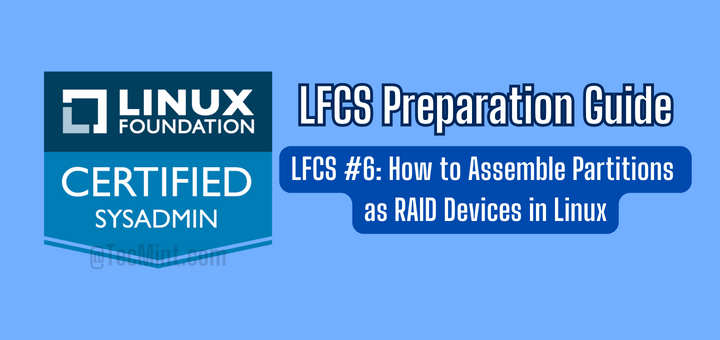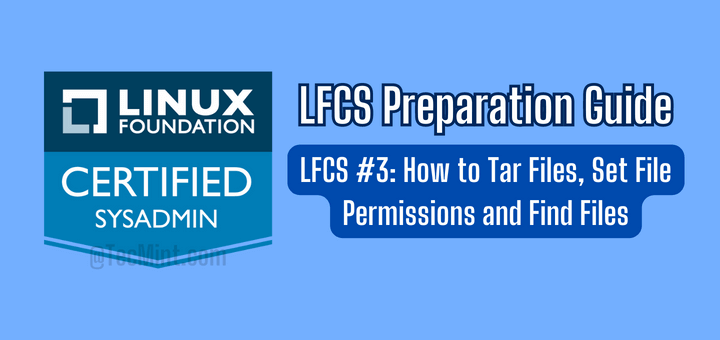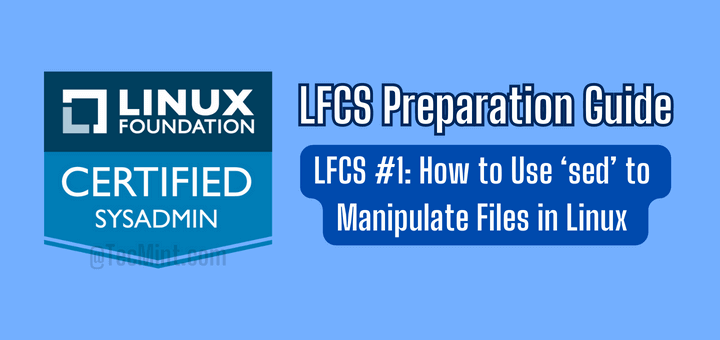5. In addition, the following settings will allow you to limit the available bandwidth for anonymous logins (10 KB) and authenticated users (20 KB) in bytes per second, and restrict the number of simultaneous connections per IP address to 5:
anon_max_rate=10240 local_max_rate=20480 max_per_ip=5
6. We will restrict the data channel to TCP ports 15000 through 15500 in the server. Note this is an arbitrary choice and you can use a different range if you wish.
Add the following lines to /etc/vsftpd/vsftpd.conf if they are not already present:
pasv_enable=YES pasv_max_port=15500 pasv_min_port=15000
7. Finally, you can set a welcome message to be shown each time a user access the server. A little information without further details will do:
ftpd_banner=This is a test FTP server brought to you by Tecmint.com
.
8. Now don’t forget to restart the service in order to apply the new configuration:
# systemctl restart vsftpd [CentOS] $ sudo service vsftpd restart [Ubuntu]
9. Allow FTP traffic through the firewall (for firewalld):
On FirewallD
# firewall-cmd --add-service=ftp # firewall-cmd --add-service=ftp --permanent # firewall-cmd --add-port=15000-15500/tcp # firewall-cmd --add-port=15000-15500/tcp --permanent
On IPTables
# iptables --append INPUT --protocol tcp --destination-port 21 -m state --state NEW,ESTABLISHED --jump ACCEPT # iptables --append INPUT --protocol tcp --destination-port 15000:15500 -m state --state ESTABLISHED,RELATED --jump ACCEPT
Regardless of the distribution, we will need to load the ip_conntrack_ftp module:
# modprobe ip_conntrack_ftp
And make it persistent across boots. On CentOS and openSUSE this means adding the module name to the IPTABLES_MODULES in /etc/sysconfig/iptables-config like so:
IPTABLES_MODULES="ip_conntrack_ftp"
whereas in Ubuntu you’ll want to add the module name (without the modprobe command) at the bottom of /etc/modules:
$ sudo echo "ip_conntrack_ftp" >> /etc/modules
10. Last but not least, make sure the server is listening on IPv4 or IPv6 sockets (but not both!). We will use IPv4 here:
listen=YES
We will now test the newly installed and configured FTP server.







Hi, is FTP still part of the LFCS in 2020? Can’t see it in the Service Configuration exam topics.
Anyway, great article.
@Stilian,
The chapter FTP is not a part LFCS exam, but included as bonus in the book…
Hello, Just concerned a little if configuring NFS, FTP and DNS servers are going to be a part of the exam. Please confirm so that I would start re-doing or practicing the methods thoroughly.
@Imrank,
Please follow the chapters in the Book, and yes all Network services like NFS, FTP and DNS are part of exam..
Hi Gabriel,
first of all thank you for such a comprehensive manuals – they are just great.
I think I found a little typo:
pasv_max_port=15000
pasv_min_port=15500
It should be in reversed order – max 15500 and min 15000.
Good catch!
@Ravi, please correct the typo.
@Gabriel,
Corrected in the writeup as suggested by @Piotr.
Hi,
Thanks a lot for nice article
i think “#” does not need on page 4
# get vsftpd.conf.pdf
@Jalal,
The pound sign, as used here, is a write-up convention to indicate that’s a command that should be typed in the terminal.
If you mean this specific command does not need to be run as root, you’re right.
@Ravi
Please confirm.
@Jalal,
Like @Gabriel, said the signs are used for command indication only and you’re absolutely right, the pound sign is not necessary to have when using with ftp commands.
What I understand from Jalal’s comment, is that the get command is written inside the ftp console, so the pound sign cannot be there. Instead it should be “ftp> get vsftpd.conf.pdf”.
Correct me if I’m mistaken.
I believe you’re right. Having the pound sign there may lead to confusion, as it is not actually a Linux command but a FTP one. Perhaps a clarification at the proper place in this article should do the trick.
Good stuff Mr. Gabriel. Thank you
@Alex,
Thank you for taking the time to comment. I’m glad you found this useful.